In an unprecedented move in datacenter construction, Microsoft has begun building facilities using cross-laminated timber (CLT) in Northern Virginia, marking a departure from conventional steel and concrete structures. The initiative aims to reduce the company’s carbon emissions significantly.
Environmental Impact and Construction Strategy
The hybrid construction model, combining CLT with steel and concrete, demonstrates a 35% reduction in carbon footprint compared to conventional steel construction and a 65% decrease versus typical precast concrete. These numbers are particularly relevant given that the buildings and construction sector currently accounts for 37% of global emissions, according to the United Nations Environment Programme’s 2023 report.
“It’s an all-hands-on-deck task,” states Jim Hanna, Microsoft’s datacenter engineering team sustainability leader. The urgency reflects the construction industry’s substantial environmental impact, particularly through steel manufacturing (7% of global carbon emissions) and cement production (8%), as reported by the World Economic Forum.
Technical Specifications and Safety Measures
CLT, composed primarily of spruce, pine, or Douglas fir, offers distinct advantages over traditional materials. David Swanson, a structural engineer on Microsoft’s datacenter team, explains: “We’re constantly trying to validate the suitability of these novel materials for use in a datacenters environment.” The engineered wood develops a protective char layer during fires, maintaining structural integrity longer than steel, which deforms under high temperatures.
The construction process includes:
- Sustainable harvesting of timber
- Application of a thin concrete layer for waterproofing
- Prefabrication off-site for faster installation
- Reduced need for skilled labor
Economic Considerations
The financial aspects present both challenges and opportunities. CLT typically increases material costs by 5-10% compared to traditional timber in residential construction. However, for large-scale projects like datacenters, cost efficiencies emerge through:
- Reduced construction time
- Lower labor requirements
- Economies of scale in material procurement
Supply Chain and Market Development
Richard Hage, global strategy leader for datacenter engineering at Microsoft, notes: “A lot of our suppliers are on the same journey as we are.” The company has committed $761 million of its $1 billion Climate Innovation Fund to accelerate market development for climate solutions.
Brandon Middaugh, Climate Innovation Fund manager, emphasizes the unique position Microsoft holds: “What’s not so common is to see an investor like Microsoft…provide capital and also sign a contract to buy the output.”
More Stories
Critical Analysis
While the initiative shows promise, several challenges persist:
- Limited industry experience with CLT in large-scale commercial applications
- Higher initial material costs
- Complex manufacturing processes for low-carbon alternatives
- Fragmented regulatory frameworks
Thomas Hooker, associate at Thornton Tomasetti, acknowledges Microsoft’s market influence: “Microsoft is in a unique position just because they’re so large. They can almost be like a market mover.”
Future Implications
The project aligns with Microsoft’s broader environmental targets:
- Carbon negative by 2030
- Removal of all historical emissions by 2050
- 6.3% reduction in direct emissions achieved over three years
However, indirect emissions have increased by 30.9%, driven by datacenter growth, indicating the complexity of achieving comprehensive carbon reduction.
As Jim Hanna concludes: “We have to be system thinkers across the entire value chain of these materials that go into our datacenters and the equipment that supplies our datacenters. That’s what makes it hard, but certainly not impossible.”
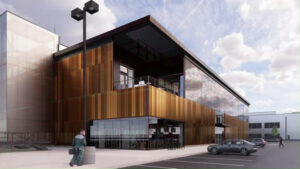

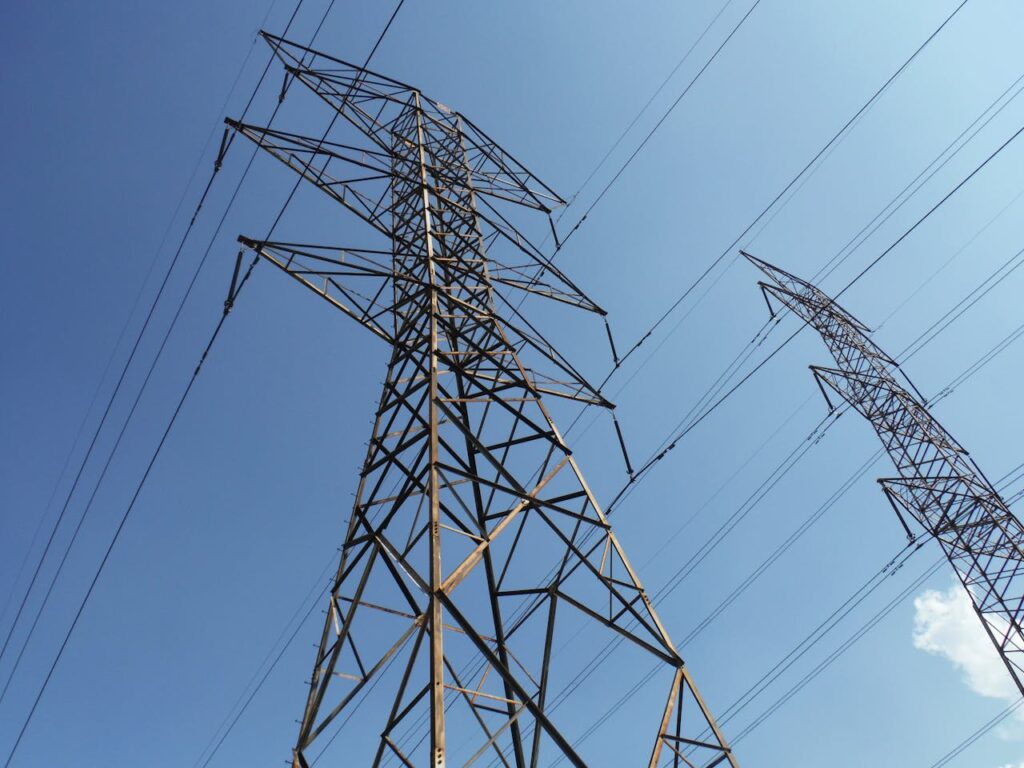
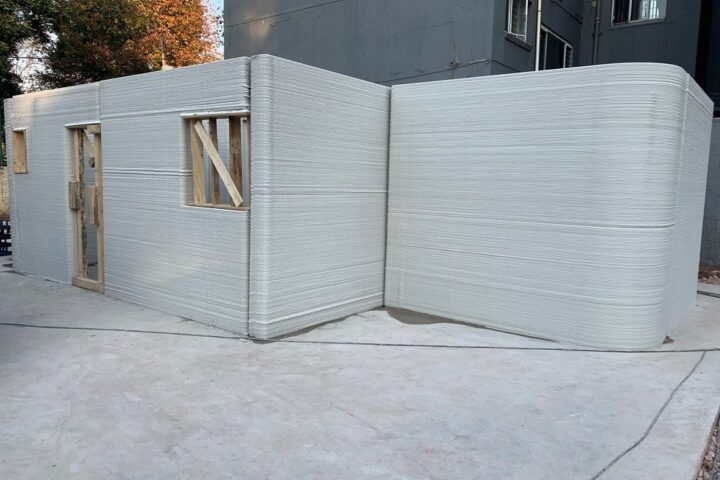
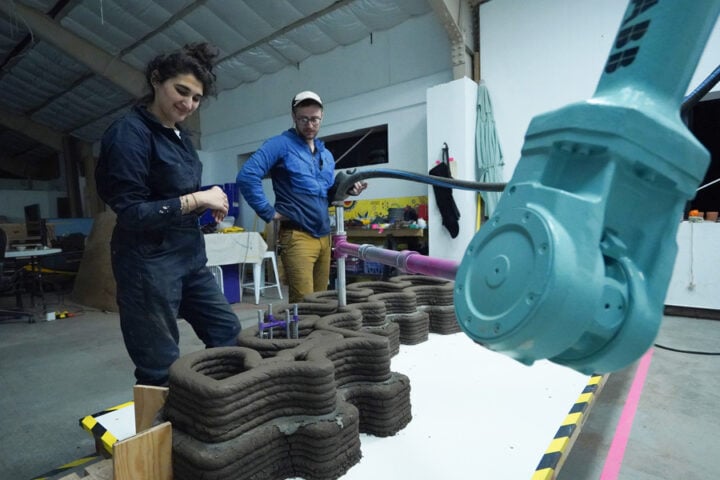
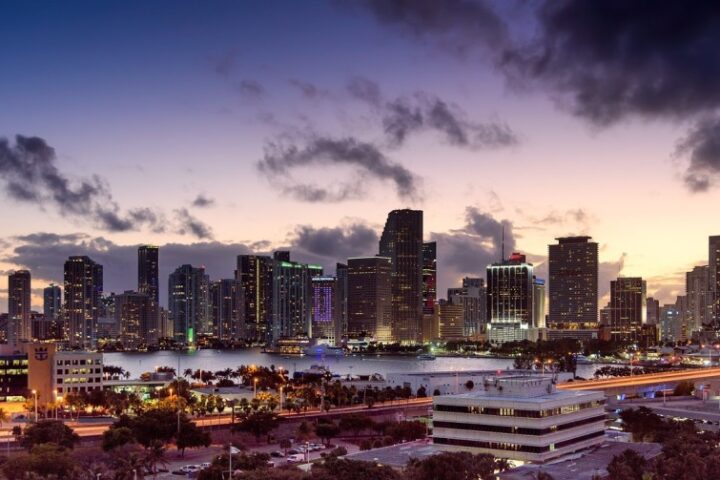
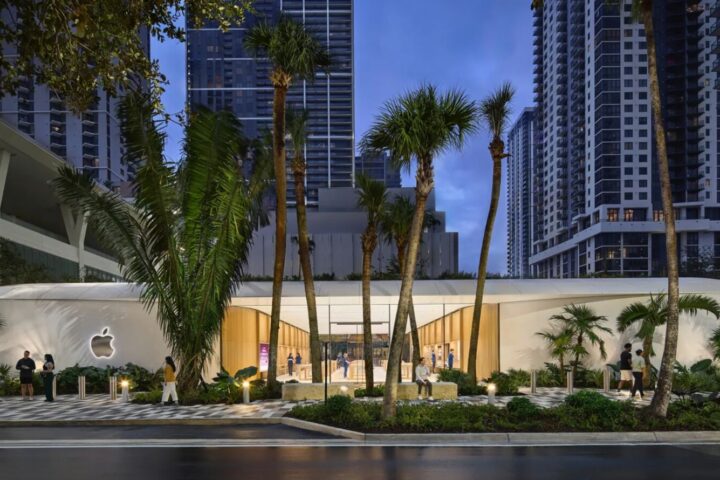


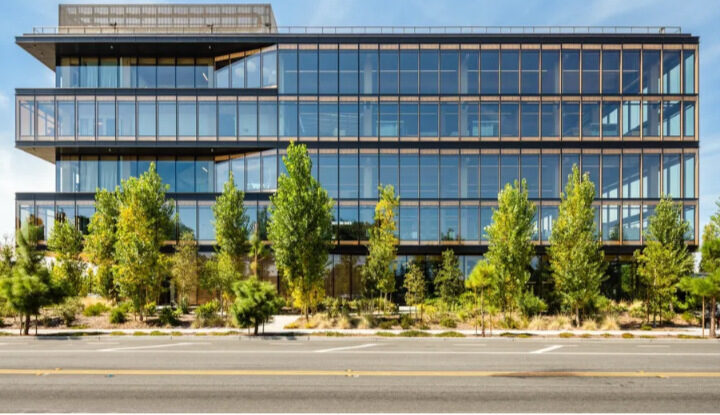
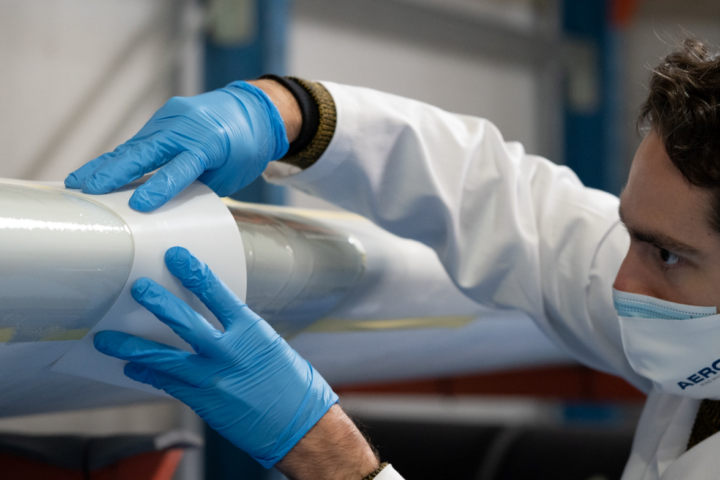
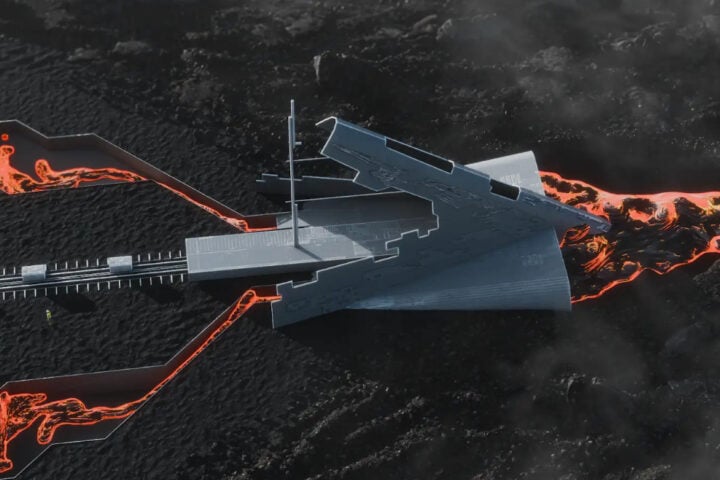
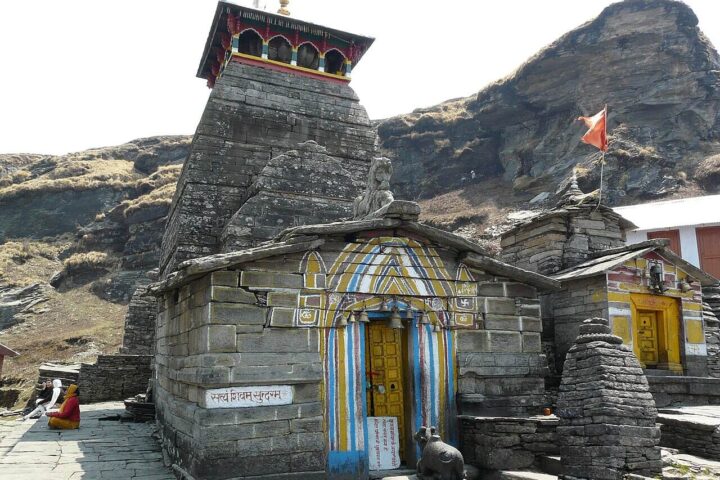
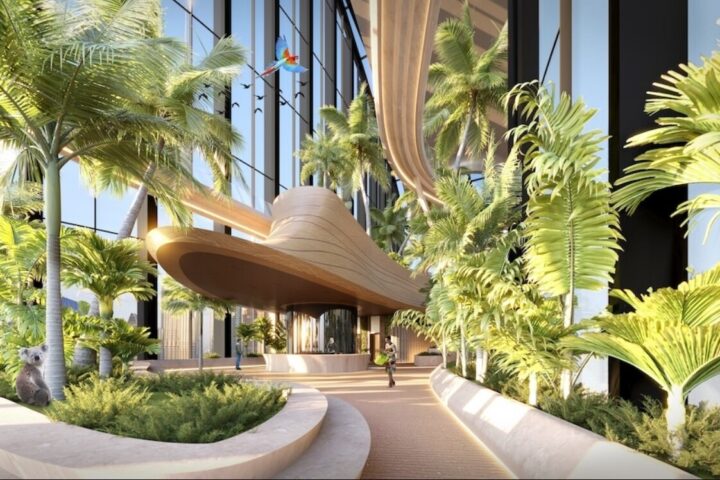
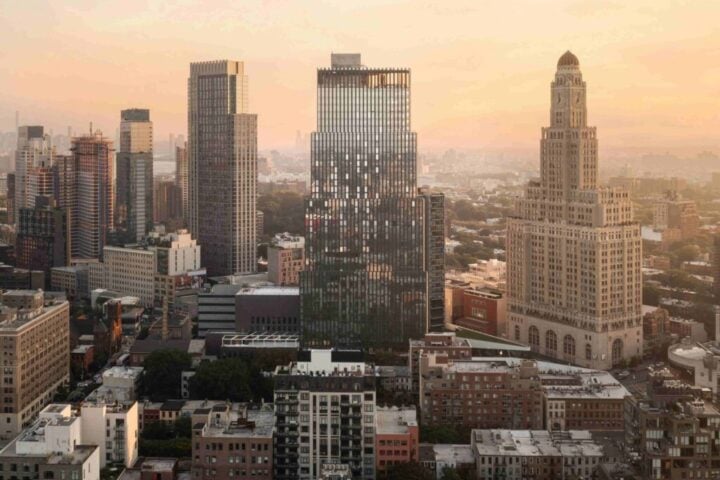
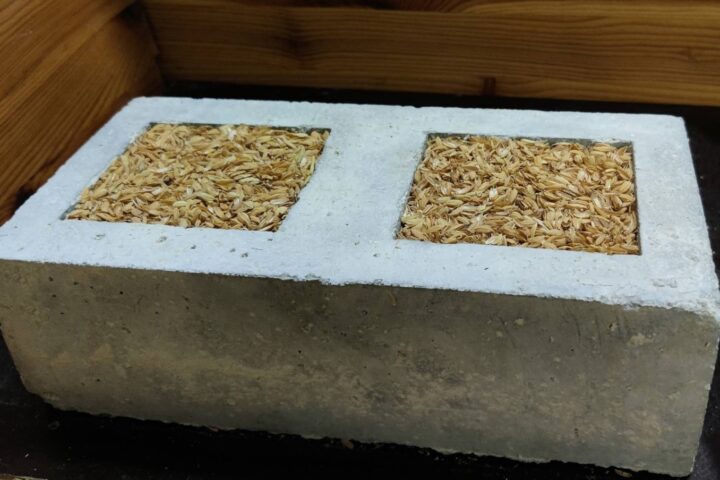
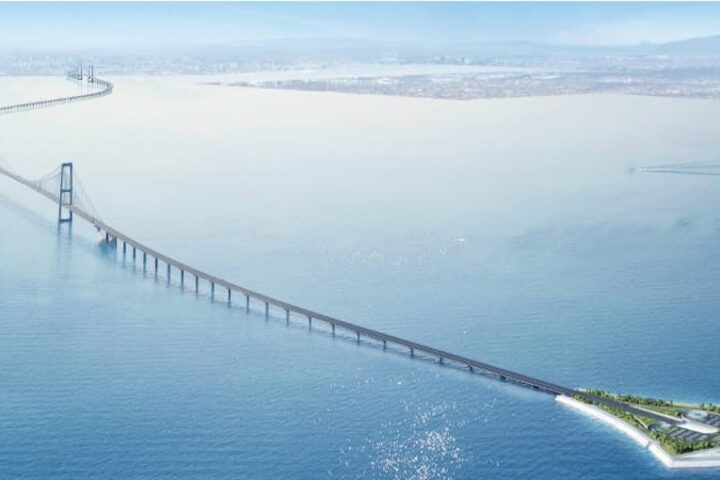
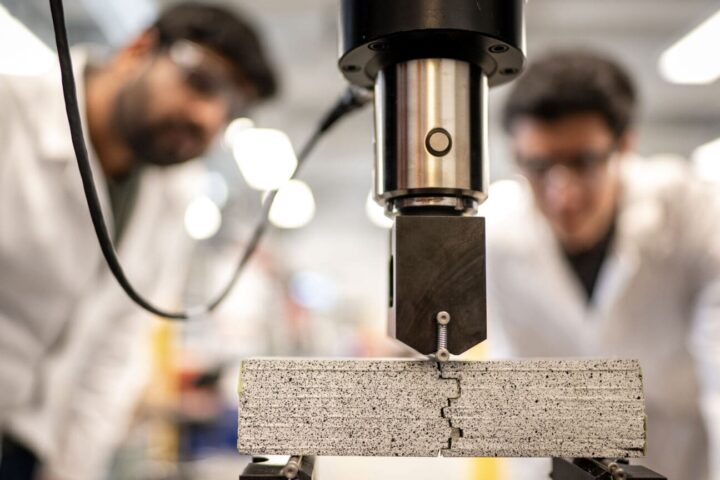
![Big city Los Angeles smog building [photo source: pixabay] [PDM 1.0]](https://www.karmactive.com/wp-content/uploads/2025/04/46-of-Americans—156-M—Now-Breathe-Hazardous-Smog-and-Soot-State-of-the-Air-Report-Exposes-Decade-High-Pollution-1-150x150.jpg)